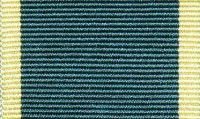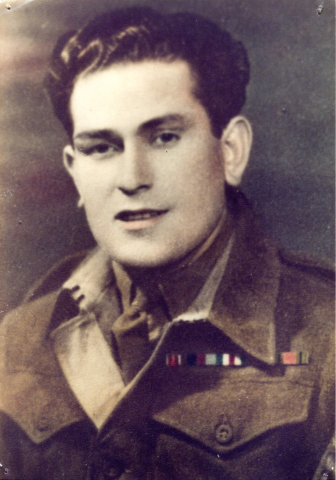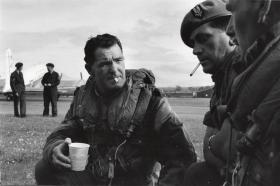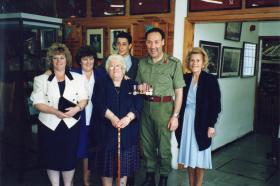George William Hurry was originally enlisted into The Royal Berkshire Regiment in 1941 at the age of 19.
George later volunteered for airborne forces and undertook parachute training course 74, at RAF Ringway, from 23 July to 3 August 1943. He was then posted to the 6th (Royal Welch) Parachute Battalion, part of 2nd Parachute Brigade, in North Africa. Here his rank was changed from that of a Private to that of a Fusilier as the 6th (Royal Welch) Battalion had been converted from the Royal Welch Fusiliers in August 1942.
In the battalion he was assigned to the Medium Machine Gun Platoon and took part in the invasion of Southern Italy, Operation Slapstick, in September 1943. He remained in the line with the battalion, in spite of being slightly wounded, until June 1944, when they were withdrawn to prepare for Operation Dragoon. The operation,which took place on 15 August 1944, was the codename for the Allied landings in Southern France.
The 2nd Independent Parachute Brigade was the only British unit to take part. His aircraft dropped well short of the drop zone, which was near a village called Le Mitan, and he landed just inland from the coast north of Frejus. This was about 10 – 15 miles from their objective. Their stick made their way under the platoon commander, Lt Bosse, to the area where the rest of the battalion was located and helped to secure the objective. After about a week they were withdrawn back to Italy.
In October 1944, by now a Lance Corporal, he went with the battalion to Greece, on Operation Manna and was there until January 1945. He was awarded the Military Medal for his actions in Greece, with part of his citation, which was published in the London Gazette 10 May 1945, reading:
'Under constant sniping fire, although wounded, he remained at his machine-gun post carrying out orders.'
In late 1945 he went to Palestine and was discharged from the Regular Army on 2 April 1946 and spent two years on the reserve list.
In 1948 he re-enlisted into the Army as a member of 14th Battalion, The Parachute Regiment, (Territorial Army) in Hampshire and remained with them until 1956. He then joined 21st Special Air Service Regiment and retired in 1966 at the age of 44.
George Hurry died in 1988.









Latest Comments
There are currently no comments for this content.
Add Comment
In order to add comments you must be registered with ParaData.
If you are currently a ParaData member please login.
If you are not currently a ParaData member but wish to get involved please register.